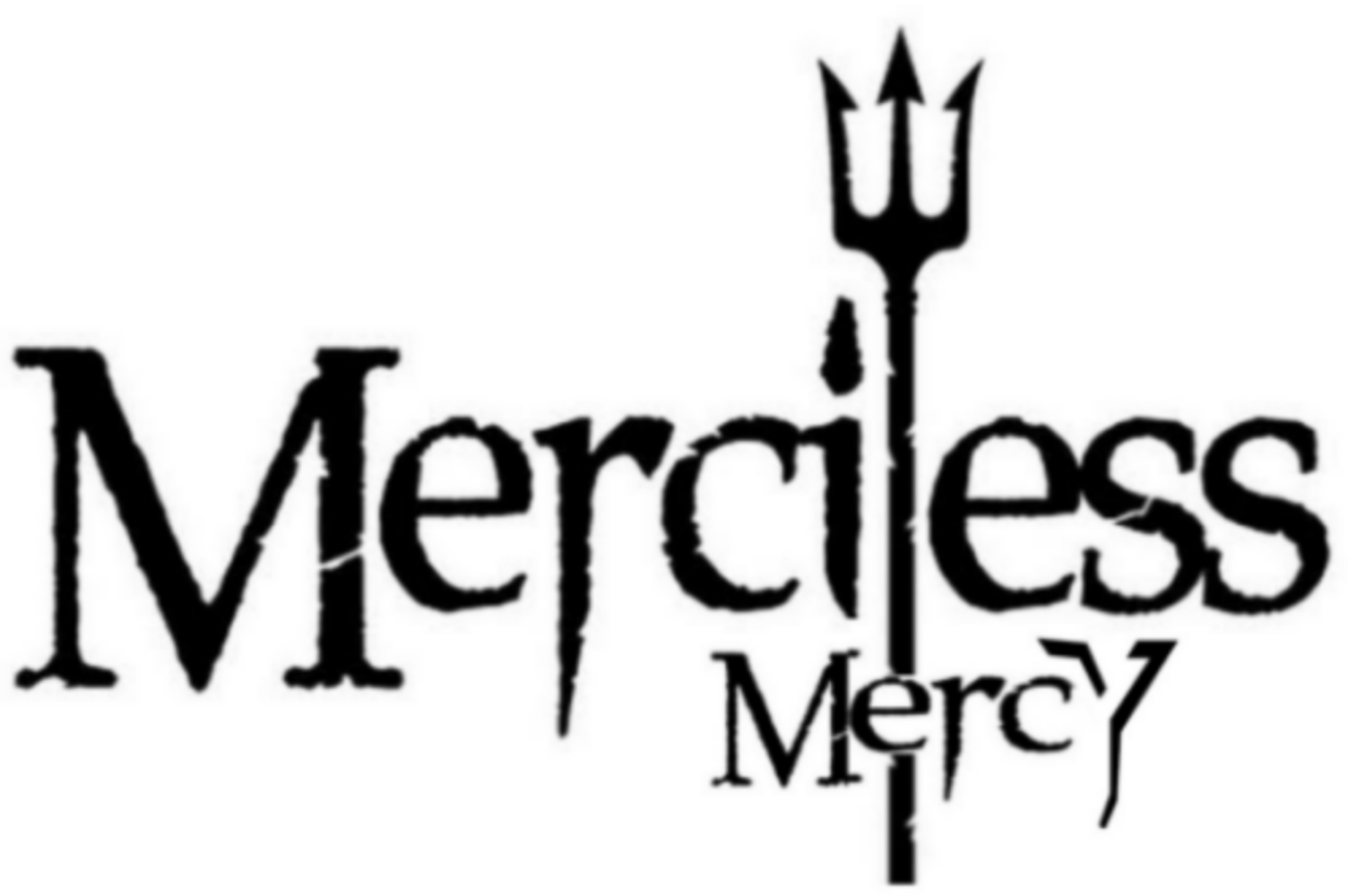Making a decision between modern and classic styles is a common step in the interior design process. Every design appeals to a variety of interests and preferences while adding its own special qualities and beauty to a room. You may create a home that reflects your lifestyle and personality by making an informed selection by being aware of the fundamental distinctions between modern and traditional interior design. Let’s examine the differences between these two approaches and discover which one best fits you.
Modern Interior Design
Characteristics
Sleek lines, simplicity, and minimalism define modern home design. With a focus on streamlined and minimalist furniture, it embraces open spaces and places a premium on functionality. To evoke a feeling of openness and peace, neutral color schemes like white, gray, and black are frequently employed. The area is given an industrial chic touch by the use of materials such as concrete, metal, and glass. With an emphasis on sustainability and efficiency, modern design also uses cutting-edge materials and technologies.
Key Features
- Clean lines and geometric shapes
- Minimalist approach with uncluttered spaces
- Neutral color palettes with occasional pops of bold color
- Use of natural light and open floor plans
- Emphasis on functionality and practicality
- Integration of innovative materials and technologies
How to Choose
Choose modern interior design if you prefer:
- Clean and uncluttered spaces
- Sleek and minimalist furnishings
- Neutral color schemes with occasional bold accents
- Embracing technology and innovation in design
- Open floor plans and abundant natural light
Traditional Interior Design
Characteristics
Traditional interior design embodies elegance, warmth, and timeless appeal. It draws inspiration from classic European styles, with a focus on ornate detailing, rich colors, and luxurious fabrics. Traditional spaces often feature intricate moldings, wood paneling, and antique furniture pieces. Warm and inviting color palettes, such as earth tones, deep reds, and golds, create a sense of coziness and sophistication. Traditional design embraces symmetry and balance, with a strong emphasis on craftsmanship and craftsmanship.
Key Features
- Ornate detailing and intricate moldings
- Rich color palettes with deep hues and warm tones
- Classic furniture pieces with curved lines and decorative accents
- Luxurious fabrics like velvet, silk, and brocade
- Formal layouts and symmetrical arrangements
- Emphasis on craftsmanship and attention to detail
How to Choose
Choose traditional interior design if you prefer:
- Classic elegance and timeless charm
- Rich and warm color schemes with luxurious accents
- Antique furniture pieces and decorative accessories
- Formal layouts and symmetrical arrangements
- Embracing craftsmanship and attention to detail
How to Choose the Right Style for You
Consider Your Personal Preferences
Consider your own tastes and style while deciding between classic and modern design. Which do you prefer: simple, uncluttered interiors, or elaborate details and traditional elegance?
Assess Your Lifestyle
Consider your lifestyle and how you use your living space. If you lead a busy and modern lifestyle, a sleek and functional modern design may be more suitable. On the other hand, if you enjoy entertaining and value tradition and heritage, traditional design may better suit your needs.
Blend Both Styles
Choose more than one style, if you so want. To create a special and individual place that expresses your style, you can combine elements of classic and modern design. Alternately, add traditional touches to a modern minimalist design, or combine sleek modern furnishings with timeless architectural characteristics.
Seek Inspiration
For ideas and inspiration, peruse social media, websites, and design magazines. Assemble pictures of places that speak to you to create mood boards. This will enable you to decide on your ideal style and make well-informed design decisions.
Trust Your Instincts
Ultimately, trust your instincts and choose the style that speaks to you on a personal level. Your home should be a reflection of your personality and lifestyle, so don’t be afraid to follow your heart and create a space that feels authentic and inviting.
Conclusion
Selecting between contemporary and traditional interior design trends can be a fun and fulfilling experience. You may design a home that expresses your distinct taste and personality by being aware of the main distinctions and taking into account your lifestyle and personal preferences. There are several options for creating a room that feels like home, whether you favor the timeless elegance of classic style or the clean simplicity of modern design. Embrace your imagination, follow your gut, and set out on a creative adventure that will turn your living area into a cozy, elegant, and inspiring haven.
